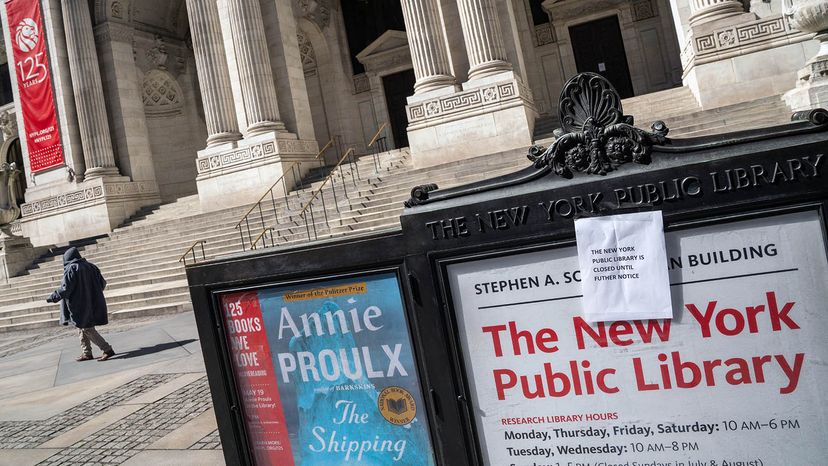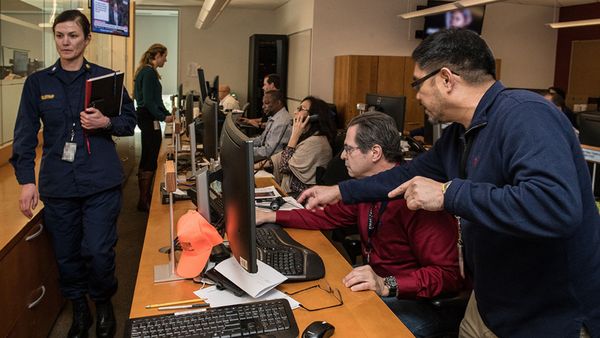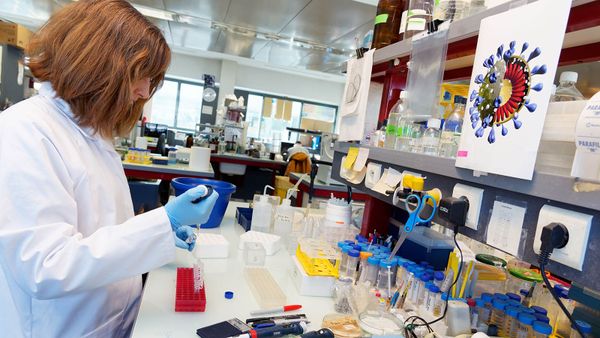
It's a phrase that's new to most of us, but not to the world of public health: social distancing.
But what does exactly social distancing mean and how do we put it into practice?
Advertisement
Simply put, social distancing is a community strategy used by public health officials to put space between individuals in an attempt to limit the spread of a virus or a highly contagious infectious disease like COVID-19, Ebola or SARS. The U.S. Centers for Disease Control (CDC) defines social distancing as "remaining out of congregate settings, avoiding mass gatherings and maintaining distance (approximately 6 feet or 2 meters) from others when possible."
Because many viruses (including coronavirus) are spread through droplets that can remain in the air for hours after someone sneezes or coughs, creating space between individuals is critical. Community mitigation strategies are especially important before a vaccine or drug is widely available to prevent these viruses from spreading.
Social distancing is typically used in communities where an outbreak of a virus (like COVID-19) has not yet occurred because it is difficult to stop once it has started. Think of it like when firefighters clear large swaths of brush to create a firebreak to stop wildfires from spreading out of control.
The goal of social distancing is to "flatten the curve," (see video below) which reduces the peak number of cases during an outbreak and eases the burden on an already overtaxed health care system.
Examples of social distancing include:
- closing or suspending schools and moving to online or distance learning
- canceling public events such as conferences, weekly meetings or houses of worship
- implementing telecommute practices for businesses where practical
- closing child care centers
- suspending or canceling sporting events, concerts or festivals
Mass transit may also be affected. The important thing to note is that if your children are out of school, it's not time to set up playdates with the neighborhood kids or a visit to the local public library (if it's even open). Contact with people outside your home should be limited. The same goes for adults working from home. It's not time to set up shop in the local coffee shop.
When implemented correctly, social distancing can have the desired effect on spreading a virus — it's been proven in the past (see sidebar below) — but only when people take it seriously.
Advertisement


